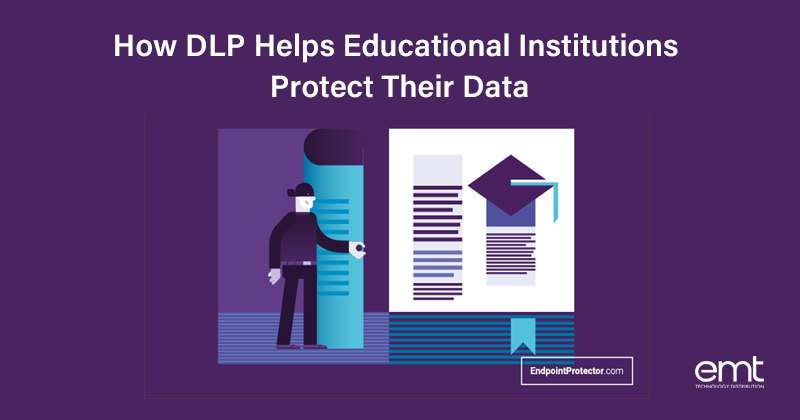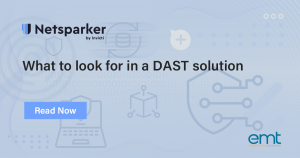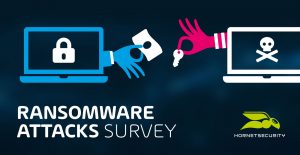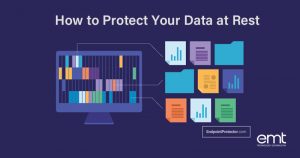With a high turnover rate of students and employees, housing important research and vast amounts of sensitive data collected on a daily basis, educational institutions are an attractive target for cyber criminals. According to the IBM and the Ponemon Institute Cost of a Data Breach report 2020, they also have one of the highest rates of data breaches caused by human error, 26%, with the total average cost of a data breach in the education sector reaching $3.9 million in 2020.
The reasons for it are multiple. Students are more likely to be careless when using a school computer or be unaware of security best practices. They also connect countless personal devices to school networks. Another big challenge is the way cybersecurity is funded and implemented in educational institutions. Teams are often understaffed and may lack the expertise to develop a complex cybersecurity framework.
Data Loss Prevention (DLP) solutions have become an indispensable part of educational institutions’ efforts to curb data breaches. Applying policies that protect sensitive data directly, DLP tools allow educational institutions to monitor and control how information travels in and out of their networks. Let’s take a closer look at the DLP features that most benefit the education sector.
Protecting sensitive data from human error
A lot of data breaches in the educational sector occur because of human error. While training employees in best security practices can help reduce their number, the problem is not only employees but also the vast amounts of data educational institutions collect and store from enrolled and prospective students, alumni and employees. The more data there is, the more individuals will have access to it for processing purposes.
DLP solutions allow educational institutions to monitor and control the sensitive data they collect through predefined and customizable policies for personal information, financial data and other categories of sensitive data. Through contextual scanning and content inspection, DLP technology like Endpoint Protector can identify sensitive data in over a hundred file types, blocking its transfer through insecure channels such as messaging apps, cloud or file sharing services and personal emails. It also stops employees from using features such as copy paste or print screen to save sensitive data and logs any attempts to violate policies.
Granular DLP solutions can apply different policies based on users, particular computers, groups or departments. In this way, institutions can limit access to sensitive data to those employees that need it to perform their duties.
Restricting the use of removable devices
One of the easiest ways for networks to be attacked is through the use of infected removable devices such as USBs. This can be done intentionally by malicious outsiders or unknowingly by individuals whose removable devices have been infected. Many of the devices used by students are personal and usually connect to multiple devices, both at home and the institution where they are studying.
While DLP solutions allow organizations to block the use of USB and peripheral ports and Bluetooth completely through Device Control features, many students do need to use USB flash drives during their schoolwork. Whether it’s large files or a way to back up their work, they might feel frustrated if they are unable to copy files onto a removable drive and wind up using alternative online file transfer services which come with their own set of security challenges.
Because of this, DLP tools also allow educational institutions to limit the use of removable devices to, for example, school-issued USBs. In this way, students can continue benefiting from the use of USBs, but without connecting their personal devices to school computers.
Monitoring sensitive data
When it comes to the amount of data educational institutions collect, it is important that they know how it is processed and used by all those who have access to it. By gaining insight into the data flow, institutions can identify weaknesses that might jeopardize data security.
DLP solutions can help educational institutions to monitor sensitive data throughout their entire network, flagging any attempts to violate data protection policies and producing reports that can help support IT personnel in decisions concerning future acquisitions and strategies. By identifying potential blind spots in security strategies, data monitoring can help educational institutions to save money and adopt more efficient data protection policies based on their actual needs.
Source : https://www.endpointprotector.com/blog/how-dlp-helps-educational-institutions-protect-their-data/








